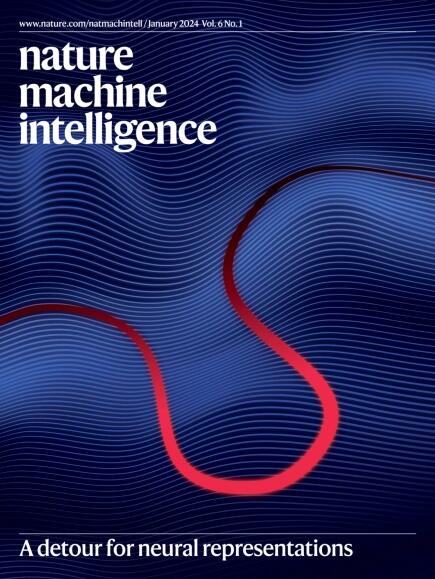Firefighting robots should be made responsibly
IF 23.9
1区 计算机科学
Q1 COMPUTER SCIENCE, ARTIFICIAL INTELLIGENCE
引用次数: 0


消防机器人应该是负责任的
消防机器人有可能通过在对消防员构成极端风险的危险环境中操作来改变应急响应。这些“火机器人”可以承受极端高温、烟雾和结构不稳定而不会疲劳。然而,经验丰富的消防员依靠直觉、团队合作和多年的实践来应对这些危险。对高风险环境中的创新持怀疑态度是意料之中的,如果整合不当,firebots确实会阻碍而不是增强安全。为了确保消防机器人补充而不是破坏救生行动,我们主张一个负责任的设计框架,使它们的发展与消防员的价值观和决策过程保持一致。消防是一项极其危险的职业,使消防员暴露在高温、有毒烟雾和结构倒塌的风险中。在低能见度条件下操作,他们必须在承受严重的身体和心理压力的同时,在有限的信息下做出瞬间的决定。这些挑战不仅增加了受伤或死亡的直接风险,而且还可能导致癌症等长期健康后果。认识到这些风险,消防部门长期以来一直在探索提高安全性和效率的技术。遥控消防机器人越来越多地用于提供态势感知和执行基本任务,如拖拽和灭火。然而,它们需要大量的人为监督,分散了人们对关键救生行动的注意力。因此,人们越来越有兴趣推进机器人的自主性,以实现更无缝的人机协作,在这种协作中,人工智能不仅可以协助,还可以在高风险环境中提供决策支持。然而,自主性的提高也带来了新的风险,特别是如果在没有强大的安全机制和监督的情况下,firebots在不可预测的、危及生命的情况下发生故障。
本文章由计算机程序翻译,如有差异,请以英文原文为准。
求助全文
约1分钟内获得全文
求助全文
来源期刊

Nature Machine Intelligence
Multiple-
CiteScore
36.90
自引率
2.10%
发文量
127
期刊介绍:
Nature Machine Intelligence is a distinguished publication that presents original research and reviews on various topics in machine learning, robotics, and AI. Our focus extends beyond these fields, exploring their profound impact on other scientific disciplines, as well as societal and industrial aspects. We recognize limitless possibilities wherein machine intelligence can augment human capabilities and knowledge in domains like scientific exploration, healthcare, medical diagnostics, and the creation of safe and sustainable cities, transportation, and agriculture. Simultaneously, we acknowledge the emergence of ethical, social, and legal concerns due to the rapid pace of advancements.
To foster interdisciplinary discussions on these far-reaching implications, Nature Machine Intelligence serves as a platform for dialogue facilitated through Comments, News Features, News & Views articles, and Correspondence. Our goal is to encourage a comprehensive examination of these subjects.
Similar to all Nature-branded journals, Nature Machine Intelligence operates under the guidance of a team of skilled editors. We adhere to a fair and rigorous peer-review process, ensuring high standards of copy-editing and production, swift publication, and editorial independence.
 求助内容:
求助内容: 应助结果提醒方式:
应助结果提醒方式:


